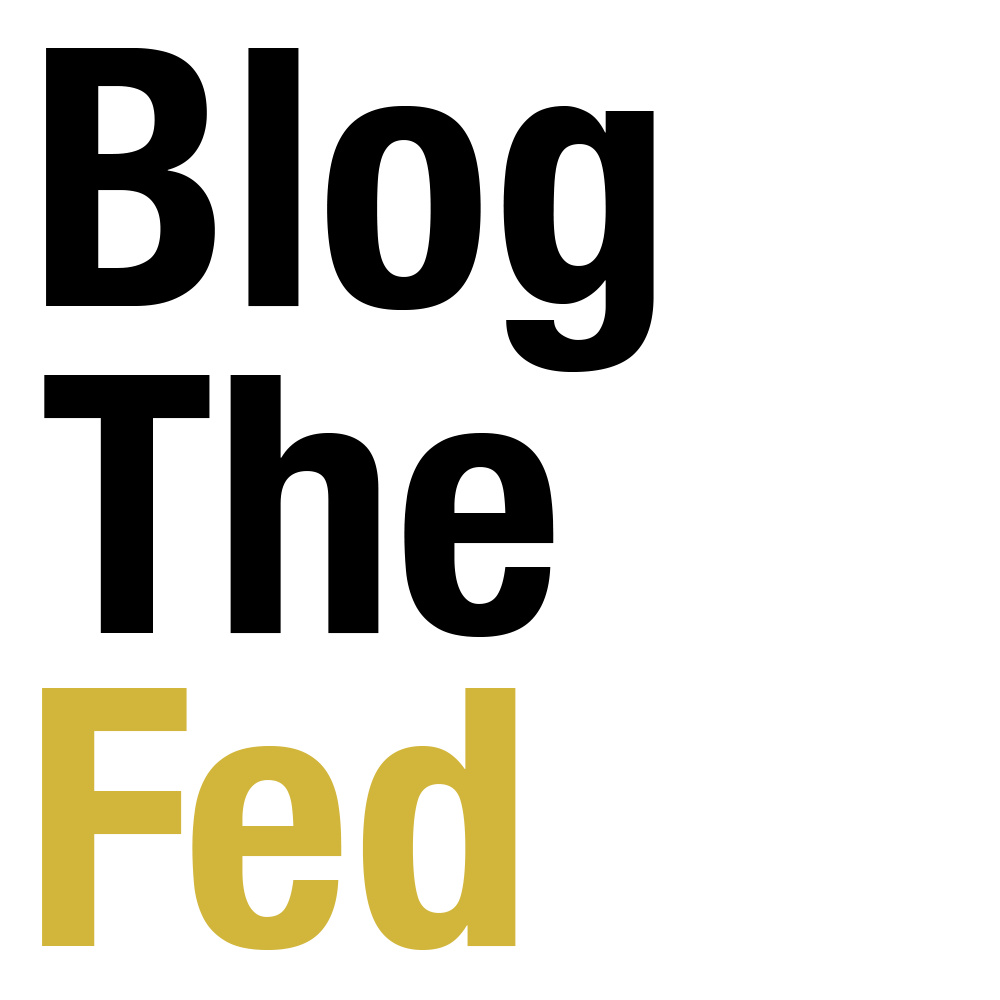As we move further into 2021, the economy is rebounding from the devastation of the COVID-19 pandemic. Stimulus checks, enhanced unemployment benefits, and unprecedented monetary policy actions have fueled a recovery that, on the surface, looks robust. Yet, beneath this recovery lies a growing concern: the risk of inflation spinning out of control.
The Role of Excess Demand
While much of the inflation discussion has focused on COVID-induced supply chain disruptions, I believe a more significant driver is excess aggregate demand. The economic policies designed to combat the pandemic’s effects, though necessary, have injected an extraordinary amount of money into the economy. With households flush with cash, pent-up demand is meeting an economy that isn’t yet ready to fully meet it.
The Size of the Stimulus
- Direct cash payments to millions of Americans.
- Generous unemployment benefits, often exceeding prior incomes.
- Expansionary monetary policy that has kept interest rates near zero.
These policies, while alleviating immediate economic pain, have created conditions ripe for demand-driven inflation. When consumers spend this accumulated cash on goods and services, prices could rise faster than expected.
The Pain of Higher Prices
Even if inflation rates eventually subside, increased price levels themselves are painful. Once prices rise, they rarely return to their previous levels. This creates lasting burdens for households, especially those with fixed or stagnant incomes.
For example:
- A family spending 30% of their income on groceries before the pandemic may now find that same basket of goods costs 10% more. Even if price increases slow, the higher baseline remains, eroding purchasing power.
- Fixed-income retirees, whose benefits don’t fully adjust to inflation, face long-term challenges as their dollars buy less.
Policymakers must recognize that the damage from inflation isn’t just about rapid price increases—it’s also about the enduring struggle caused by permanently higher costs.
The Supply Chain Issues
Supply chain bottlenecks and shortages, such as those affecting semiconductors and consumer goods, have undoubtedly contributed to price increases. However, these are likely to abate as global supply chains adjust and normalize.
What worries me more is that demand-side inflationary pressures—unleashed by policy responses—may prove far more persistent. History teaches us that once inflation expectations take root, they can be challenging to reverse. If businesses and consumers begin to expect higher prices, that psychology alone can drive inflation further, creating a self-reinforcing cycle.
A Cautionary Note for Policymakers – Watch Out for Inflation
Policymakers must tread carefully. Overstimulating the economy risks overheating it at a time when some segments are already showing signs of excess. While the Federal Reserve has expressed confidence in its ability to contain inflation, its tools—such as raising interest rates—often work with a lag. The Fed’s belief that inflation will remain “transitory” could lead to underestimating the risks.
Moreover, fiscal policymakers should consider the trade-offs between immediate stimulus and the longer-term consequences of inflationary pressure. It’s worth asking whether some programs could be scaled back or adjusted to prevent unnecessary overheating.
Conclusion: A Critical Moment for Vigilance
The balance between reviving the economy and avoiding runaway inflation is delicate. While we celebrate the recovery, I urge caution. We must not lose sight of the risks posed by excess demand, especially in an environment where supply constraints are temporary.
The damage caused by inflation doesn’t end with slowing rates of increase. The legacy of higher price levels can persist for years, leaving many households and businesses struggling to adapt. Policymakers, businesses, and households should remain vigilant. Inflation may still appear under control today, but the seeds for tomorrow’s challenges are being sown.
Let’s not wait until prices spiral out of control before we take action.
